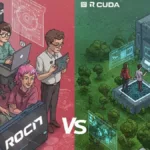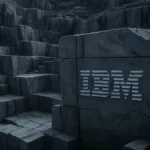When newly hatched Intel CEO Brian Krzanich told analysts that Intel was moving into the foundry business, a thousand jaws in the semiconductor business must have dropped.
The fact is that while companies like Taiwanese megafoundry TSMC can maintain so-called “Chinese walls” to prevent information from customers leaking to other customers, there’s such a hearty mistrust of Intel that we can’t really see how it can be serious in entering the already crowded foundry business.
Not that it will be the first time that Intel has fabbed chips for other companies – it made HP chips for several years as part of its close collaboration in the Itanium debacle. And it is still making DEC Alpha chips as part of a federal dictat laid down several years ago.
On the one hand, Intel is still making feeble attempts to compete with the ARM band such as Qualcomm, Samsung and the rest, but handset vendors have been deeply reluctant to throw themselves into the Chipzilla camp. A similar reticence means that Microsoft Windows is also an also ran on the tablet and smartphone fronts.
Intel’s business model was predicated on the application of Moore’s Law and the virtual monopoly it enjoyed on the X86 server, desktop and notebook fronts. It totally missed the “inflexion point” which meant it missed the boat by assuming that the X86 bandwagon would go on forever.
Nothing is forever, not in the computing business. With its enormous fab capacity, Intel could probably make the majority of semiconductors that go into every device and gizmo on the planet. And we’re sure that Intel would love that to happen – but it’s bred such an atmosphere of distrust over the decades that it would have to totally re-engineer its inner corporate culture as well as persuade foundry customers that it is alright, really.
And it’s also highly unlikely that the vast cost of process technology would make being a foundry player a viable business. So-called pure play foundries don’t have the taint attached to the Intel name.
So it appears to us that Intel’s gravy train is rapidly approaching the buffers and it may well be too late for someone to switch the inflexion points to put it on another track.

Source: TechEye






